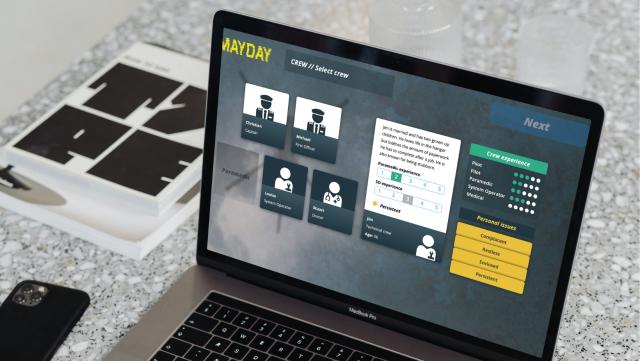Competency-Based and Active Training Starts with the Trainer
An instructor must be familiar with the concept of learning. How do we learn? Why do we learn?
Which personal barriers or limitations must we consider?
Instructor training for CRM and Human Factors

Every trainer must possess the necessary skills, knowledge, and credibility to provide valuable training within the fields of CRM and Human Factors.
Therefore, we provide Train-the-Trainer courses for CRM and Human Factors trainers and instructors. Aside from being an EASA requirement, instructor training is crucial to establishing and maintaining a motivating and interactive learning environment.
Refresher training for CRM trainers

Our refresher training is aimed at CRM trainers for both flight crew and cabin crew. The training incorporates the new methodologies, procedures, and lessons learned.
The training addresses topics like facilitation skills, learning objectives, safety culture and safety management as well as human factors and Threat and Error Management.
Instructor Standardization Training
.jpg&width=640&format=webp)
How can we ensure that the training standards and output of CRM and Human Factors training are consistent?
We can try to achieve a common training standard through Instructor Standardization. Essentially, the goal is to provide support to instructors so they can practice training that ensures conformity to regulations and Best Practice.
Our conviction is that instructors must make sure that their performance in terms of Knowledge, Skills & Attitudes is consistent and can be transferred to all layers of their training practices.
Instructor Training for Ground Ops

Ground instructors must be equipped to enhance the knowledge and performance of students. This process involves conducting thorough assessments and providing valid feedback for improvements.
Our instructor training for ground operations revolves around non-technical and technical skills that ground staff must possess and continuously maintain to do their jobs in a safe and efficient manner.
